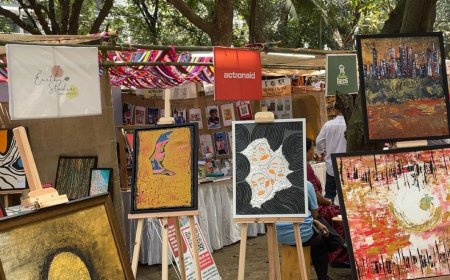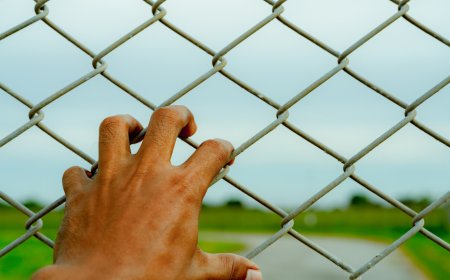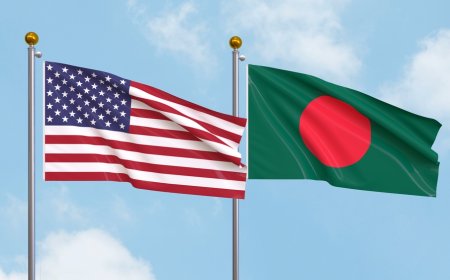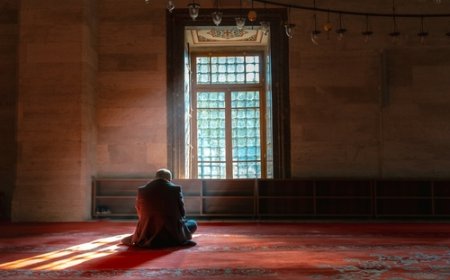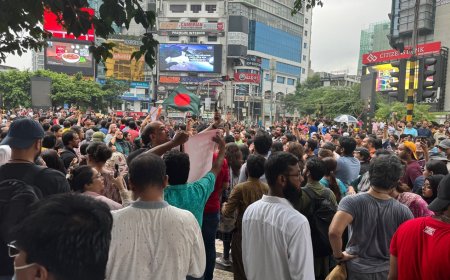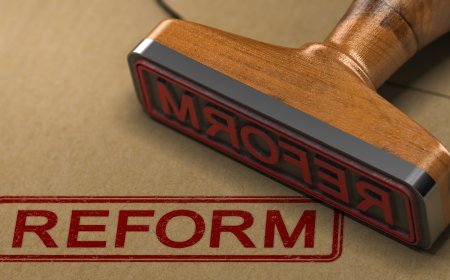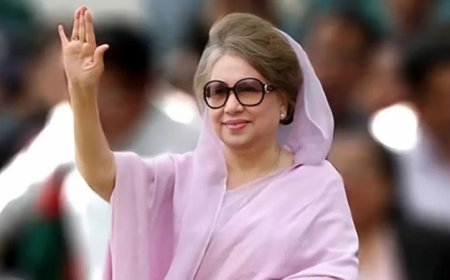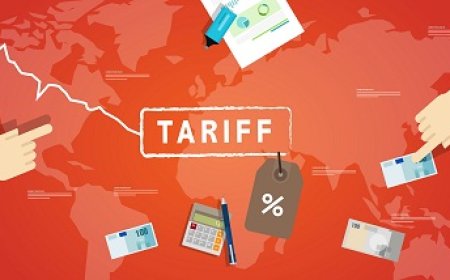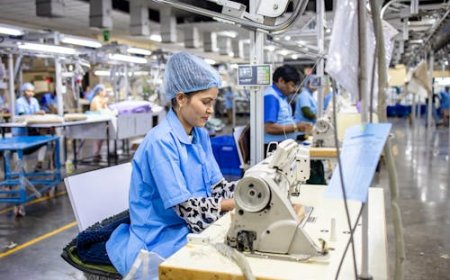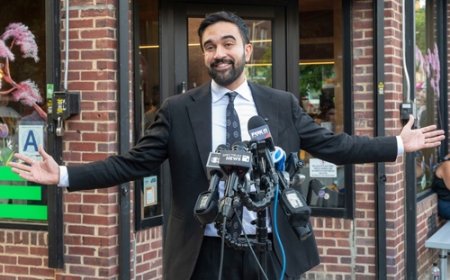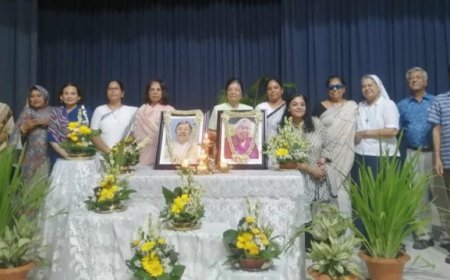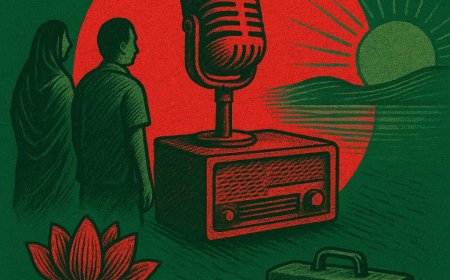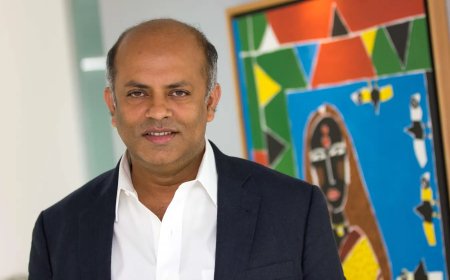Sultana's Dream: What Women Want in 2025
While no model for increasing women's political representation is perfect, the crux of the matter is that the political desire for a workable solution is what is absent. This is what must change if women are to experience the fruits of Bangladesh 2.0.
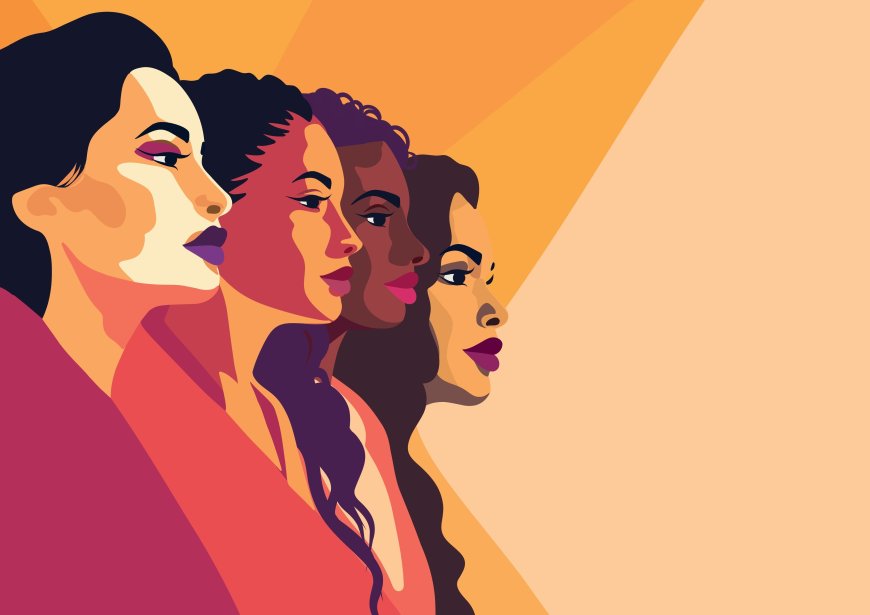
Sultana’s Dream, a sci-fi novella written in 1905 by the Bengali Muslim feminist writer Rokeya Sakhawat Hossain, depicted a utopia where women safely roamed (and ran everything) in Ladyland, with men secluded at home.
Well over a century later, and after an Uprising that featured a plethora of women on the front-lines and in the trenches, women are facing increasing incidents of violence and harassment. It seems to still be an alien concept to make the streets, workplaces and the internet (and indeed homes too) safe for women.
Instead it is fair game to blame them for clothes they wear, with attacks often so vicious that their movement is even more curtailed.
The July Charter, a disappointing road-map for the future of a new Bangladesh, emerged through a process which lacked the representation of over 50% of the population; where key ‘asks’ pertaining to women’s political representation were completely ignored -- one for direct election for reserved seats (i.e. selected seats decided by political parties remain, carrying on ‘business as usual’ patronage), and the other for a respectable percentage of women to be nominated to general seats, which was eventually mutually decided by the political parties at an embarrassing 5% of all seats, to be increased by 5% every five years until 2043 to reach 33%.
While it is obviously a struggle to find viable women candidates to nominate for even 33% of seats let alone 50%, many of those that are ready and capable are being ignored or harangued by their own parties. There is basically very little attempt or interest to rethink root structures, or do the painstaking ground-work for a real transformation to an inclusive democracy, which the spirit of the Uprising had for many, stood for.
The inclusion of women in critical decision-making bodies such as the national parliament should not be seen as a benevolent gesture, rather it is crucial for the legitimacy, sustainability and commitment to democracy of a nation -- basically more than half the population should not be left out. The ultimate goal of 50% women’s representation needs to be accomplished by a time-bound strategy.
Are quotas the answer? Across the board women politicians are largely against the continuation of the selection of reserved seats by the party stalwarts, which does not build capacity in women’s leadership, nor does it enable accountability or a connection to the electorate, and women are rendered effectively second-class MPs.
However, there is consensus that in the interim these reserved quotas are necessary to ensure women’s inclusion. Hence the call for direct elections for reserved seats, which the women’s movement has been demanding since the mid-90s. This could enable a substantial entry point of promising leaders into the political sphere.
Various innovative models for reserved seats by direct election have been proposed by the election reform commission, the women’s affairs reform commission, women’s and civil society groups, and the Forum for Women’s Political Rights (FWPR), ranging from 100 directly-elected women to seats by constituency rotation, to 100-300 directly elected women’s seats with various formulas covering varying constituencies.
While no models are perfect, the political desire for a workable solution is absent.To increase the integration of women in decision-making bodies at various levels in political parties, the Representation of the People Order (RPO) has over the years given certain percentage targets that are mandatory for political parties to fulfil so women become part of the DNA of the political process, and can shape the party in a meaningful way.
The updated RPO requires for all parties to institutionalize 33% of women at each level of their local and national bodies by 2030, but the goalposts keep shifting, and now the language of the July Charter outlining 5% seats nomination of women every five years, ironically serves to undermine this effort.
There is also no punitive mechanism to guard against women being nominated to unwinnable seats. Even though there are efforts to support women financially from the state, the huge sums of money that often determine how candidates are chosen and run their campaigns remains unaddressed.
The Election Commission says it will take steps regarding on and offline harassment, and yet there are limitations on how this can be enforced.
Increasing women’s representation and that of marginalized communities in parliament by direct election using different modalities including the help of quotas as a temporary stepping stone until we reach 50%, could result in the representative democracy that many want to see.
Research indicates that women elected to public office often place greater emphasis on equity, social welfare and inclusion; a trend which has been well-documented in diverse contexts and locations including Latin America, Rwanda, India, Nordic countries and the United States.
However, contextual factors are critical, and representation, while it matters, is often not sufficient; institutional systems, party culture and civil society strength also play a role.
One way of empowering women within different parties (as well as independents) to fight for issues pertaining to women is by forming women’s caucuses across party lines. Women’s parliamentary forums have been effective in bringing about impactful change, and work well when women collaborate around common issues such as gender-based violence, health, education, and family welfare, even if from different ideologies.
The Rwanda Women’s Parliamentary Forum (RWPF) tackled gender-based violence, land and inheritance rights, and gender-budgeting across ministries, the Uganda Women's Parliamentary Association (UWPA) addressed domestic violence, female genital mutilation and maternal health, and in Nepal the Women’s Caucus in the Constituent assembly worked across ethnic, caste and party lines to tackle gender-equal citizenship rights, social inclusion, and gender equality.
Caucuses seem to function best when reinforced by strong independent women’s movements or external advocacy groups, and if party overreach is not all-powerful (as in selected reserved seats in Bangladesh, and the implementation of Article 70, not allowing cross-party voting), along with formal recognition via proper budget and staff allocation.
Successes could motivate more women to join politics, encourage those within, and demonstrate to party high-ups the importance of women’s leadership.
Such an initiative in the next parliament, addressing real concerns of women, whatsoever their class, ethnicity, location or religious ideology, could potentially be the impetus to take on issues like violence and threats of violence head on, to make Bangladesh a safer place for all women.
Sadaf Siddiqi is a molecular biologist, entrepreneur, poet, writer, cultural activist and women’s advocate.
What's Your Reaction?




















